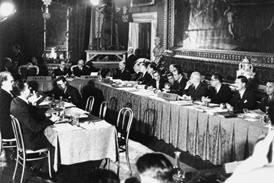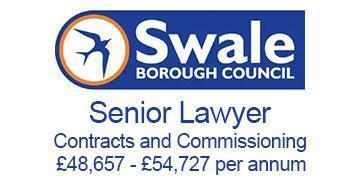In conference yesterday, my client cried. She felt her life had been ruined by the defendant’s actions. This is not unusual in many areas of practice, from personal injury to family law. Yet I cannot recall anything in my law degree or the bar course about what lawyers should do when a client becomes visibly distressed. We learn by instinct or imitation, and I am not convinced many of us get it right.

As lawyers, we carry a dual burden: to remain both dispassionate and humane. Doctors face the same challenge. Sir William Osler, often described as the father of modern medicine, warned medical students to ‘be careful when you get into practice to cultivate equally well your hearts and your heads.’ A client in tears is a test of that balance, when both head and heart must be engaged. How, in practice, can this delicate balance be struck?
I asked fellow barristers for their strategies. Their answers varied: offer to pause the conference, pass a box of tissues (not possible if the conference is remote), utter words of empathy such 'I would be upset in your shoes too', ask the client questions to take their mind off crying, or simply 'ignore and continue'. That last response, probably more common than we like to admit, reminded me of John Mortimer’s advice to barristers in Clinging to the Wreckage, that they should cultivate a state of ‘lucid indifference’.
Read more
To get further insights, I consulted professionals with formal training in emotional distress: clinical psychologists and a GP.
Dr Panos Platanitis, a counselling psychologist at the Chelsea Psychology Clinic, advised against ignoring the tears. 'It’s important', he said, 'to acknowledge the emotion before gently offering to return to the matter at hand'. 'A short pause and a few words of validation, such as "it’s fine to feel this way", can help reassure the client that they haven’t done anything wrong.'
Dr Julia Heller, forensic clinical psychologist, echoed this. She recommended acknowledging the intense emotional response, confirming that it is appropriate, and offering a short break. The wording could be 'I can see that this is very upsetting for you, and it’s OK to be distressed by this. We can take a short break and resume in 10 minutes. Does that sound all right to you?'
Dr Ben Smith, a GP trainer, summarised the best approach as 'pause, acknowledge, empathise, and suggest a way forward.' As for pitfalls, he warned 'don’t appear frustrated or in a rush to move on. Don’t ignore or minimise the emotion, so avoid saying things like "there’s no need to be upset" or "there’s nothing to be upset about".'
There is no one-size-fits-all approach but the experts were clear: do not ignore the distress and bulldoze through as if nothing happened. Of course, lawyers are not therapists and some emotional distance is often necessary to give sound advice. Yet, as Osler wrote, ‘our fellow creatures cannot be dealt with as man deals in corn and coal’. A good lawyer needs a kind heart as well as a clear head. This includes knowing how to respond appropriately when a client breaks down in conference.
Daniel Sokol is a barrister specialising in clinical negligence at 12 King’s Bench Walk, London. He is the author of 'From Error to Ethics: Five Essential Lessons from Teaching Clinicians in Trouble' (2025)
































5 Readers' comments